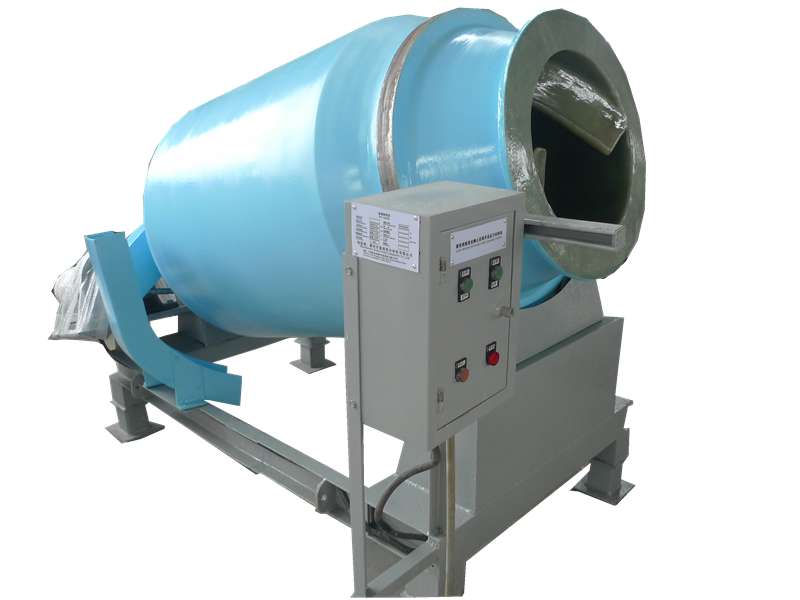
-
 Afrikaans
Afrikaans -
 Albanian
Albanian -
 Amharic
Amharic -
 Arabic
Arabic -
 Armenian
Armenian -
 Azerbaijani
Azerbaijani -
 Basque
Basque -
 Belarusian
Belarusian -
 Bengali
Bengali -
 Bosnian
Bosnian -
 Bulgarian
Bulgarian -
 Catalan
Catalan -
 Cebuano
Cebuano -
 China
China -
 China (Taiwan)
China (Taiwan) -
 Corsican
Corsican -
 Croatian
Croatian -
 Czech
Czech -
 Danish
Danish -
 Dutch
Dutch -
 English
English -
 Esperanto
Esperanto -
 Estonian
Estonian -
 Finnish
Finnish -
 French
French -
 Frisian
Frisian -
 Galician
Galician -
 Georgian
Georgian -
 German
German -
 Greek
Greek -
 Gujarati
Gujarati -
 Haitian Creole
Haitian Creole -
 hausa
hausa -
 hawaiian
hawaiian -
 Hebrew
Hebrew -
 Hindi
Hindi -
 Miao
Miao -
 Hungarian
Hungarian -
 Icelandic
Icelandic -
 igbo
igbo -
 Indonesian
Indonesian -
 irish
irish -
 Italian
Italian -
 Japanese
Japanese -
 Javanese
Javanese -
 Kannada
Kannada -
 kazakh
kazakh -
 Khmer
Khmer -
 Rwandese
Rwandese -
 Korean
Korean -
 Kurdish
Kurdish -
 Kyrgyz
Kyrgyz -
 Lao
Lao -
 Latin
Latin -
 Latvian
Latvian -
 Lithuanian
Lithuanian -
 Luxembourgish
Luxembourgish -
 Macedonian
Macedonian -
 Malgashi
Malgashi -
 Malay
Malay -
 Malayalam
Malayalam -
 Maltese
Maltese -
 Maori
Maori -
 Marathi
Marathi -
 Mongolian
Mongolian -
 Myanmar
Myanmar -
 Nepali
Nepali -
 Norwegian
Norwegian -
 Norwegian
Norwegian -
 Occitan
Occitan -
 Pashto
Pashto -
 Persian
Persian -
 Polish
Polish -
 Portuguese
Portuguese -
 Punjabi
Punjabi -
 Romanian
Romanian -
 Russian
Russian -
 Samoan
Samoan -
 Scottish Gaelic
Scottish Gaelic -
 Serbian
Serbian -
 Sesotho
Sesotho -
 Shona
Shona -
 Sindhi
Sindhi -
 Sinhala
Sinhala -
 Slovak
Slovak -
 Slovenian
Slovenian -
 Somali
Somali -
 Spanish
Spanish -
 Sundanese
Sundanese -
 Swahili
Swahili -
 Swedish
Swedish -
 Tagalog
Tagalog -
 Tajik
Tajik -
 Tamil
Tamil -
 Tatar
Tatar -
 Telugu
Telugu -
 Thai
Thai -
 Turkish
Turkish -
 Turkmen
Turkmen -
 Ukrainian
Ukrainian -
 Urdu
Urdu -
 Uighur
Uighur -
 Uzbek
Uzbek -
 Vietnamese
Vietnamese -
 Welsh
Welsh -
 Bantu
Bantu -
 Yiddish
Yiddish -
 Yoruba
Yoruba -
 Zulu
Zulu
Innovative Design Ideas for FRP Handrails in Modern Architecture
The Benefits of FRP Handrails in Modern Construction
In contemporary construction and design, safety and durability are paramount. One material that has gained significant popularity in the manufacturing of handrails is Fiberglass Reinforced Plastic (FRP). This innovative composite material offers numerous advantages over traditional materials, making it an excellent choice for various applications.
The Benefits of FRP Handrails in Modern Construction
Another compelling advantage of FRP handrails is their lightweight nature. Compared to traditional materials like wood or metal, FRP is much lighter, which can simplify the installation process. This ease of handling can lead to lower labor costs and quicker project completion times. Despite its lightweight, FRP is incredibly strong, with a high strength-to-weight ratio that makes it suitable for a variety of structural applications.
frp handrail

In terms of safety, FRP handrails are designed with slip-resistant surfaces, which enhance grip and reduce the likelihood of accidents, particularly in wet conditions. This feature is crucial for public spaces, staircases, and walkways where safety is a top priority. Additionally, FRP is non-conductive, making it a safe choice for applications near electrical installations.
The versatility of FRP allows for a wide range of design possibilities. It can be molded into various shapes and colors, enabling architects and designers to create aesthetically pleasing handrails that complement the overall design of a building. Whether in a residential setting, commercial space, or industrial facility, FRP handrails can be tailored to suit any architectural style.
Moreover, FRP is environmentally friendly. Being a composite material, it can be manufactured with recycled fibers, and its long lifespan reduces the need for replacements. This characteristic contributes to sustainability in construction, aligning with the increasing focus on environmentally responsible building practices.
In conclusion, FRP handrails present numerous benefits that make them a smart choice for modern construction. From their robust resistance to corrosion and lightweight nature to their safety features and design versatility, FRP handrails meet the demands of a variety of environments. As construction continues to evolve, the use of innovative materials like FRP will play a crucial role in enhancing safety, aesthetic appeal, and sustainability in built environments. Whether for residential, commercial, or industrial applications, FRP handrails are poised to become a staple in the industry.
Latest news
-
Exploring the Benefits of Top Hammer Drifter Rods for Enhanced Drilling PerformanceNewsJun.10,2025
-
High-Precision Fiberglass Winding Machine for GRP/FRP Pipe Production – Reliable & Efficient SolutionsNewsJun.10,2025
-
FRP Pipes & Fittings for Shipbuilding - Corrosion-Resistant & LightweightNewsJun.09,2025
-
Premium FRP Flooring Solutions Durable & Slip-ResistantNewsJun.09,2025
-
Premium Fiberglass Rectangular Tanks Durable & Lightweight SolutionNewsJun.09,2025
-
Tapered Drill String Design Guide Durable Performance & UsesNewsJun.09,2025









